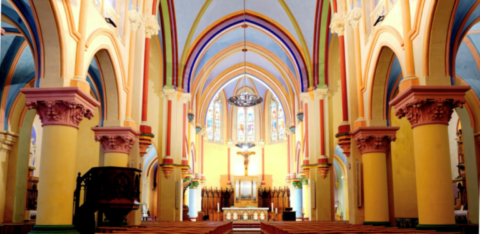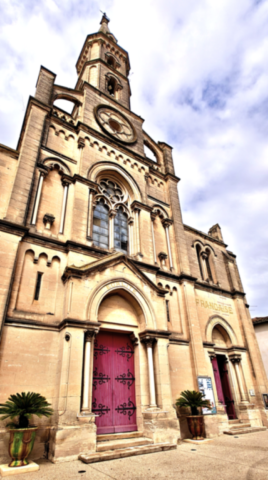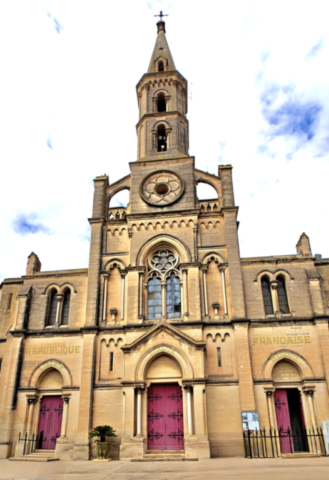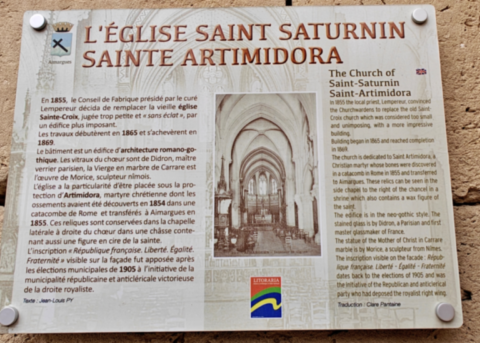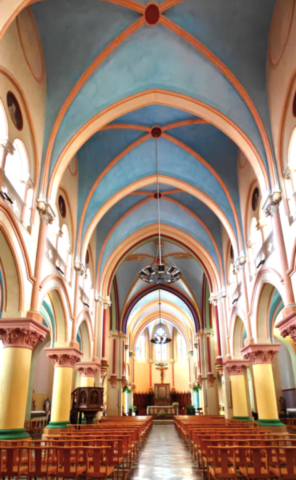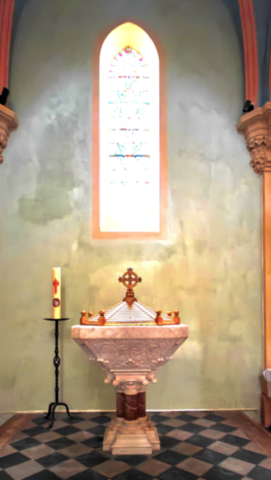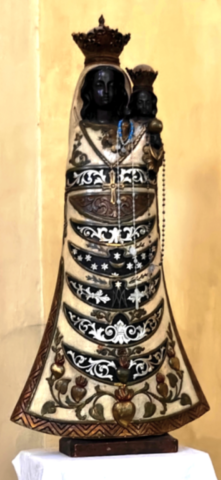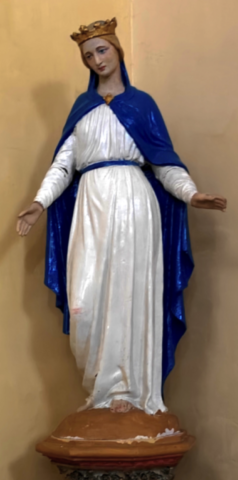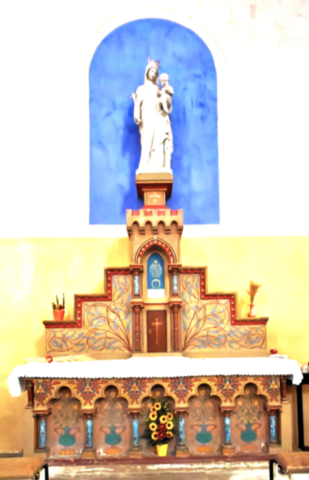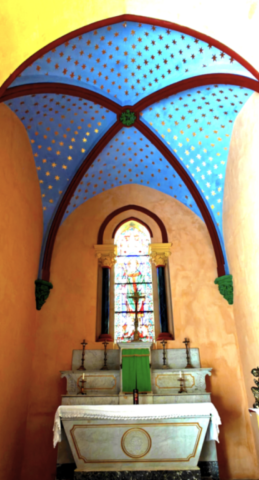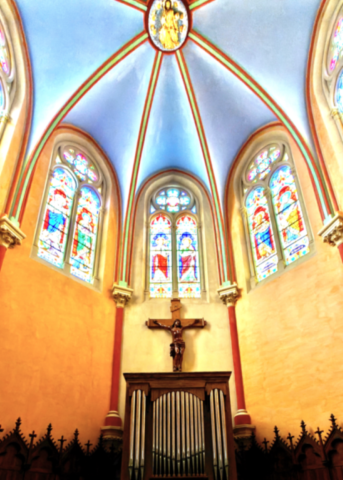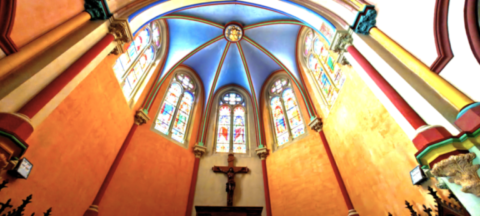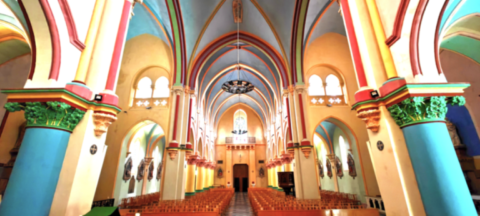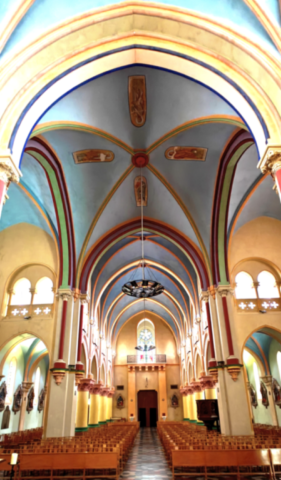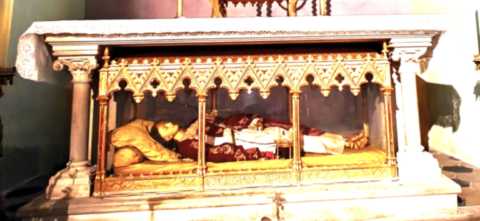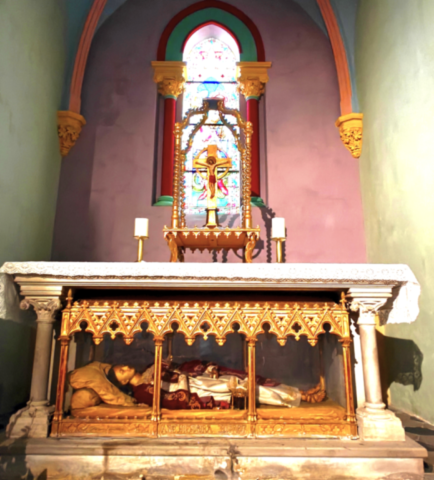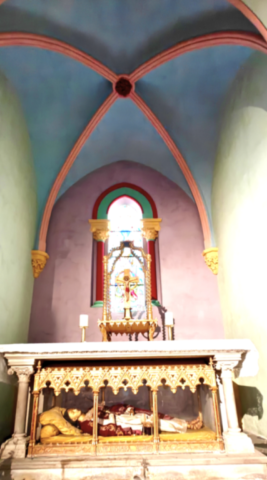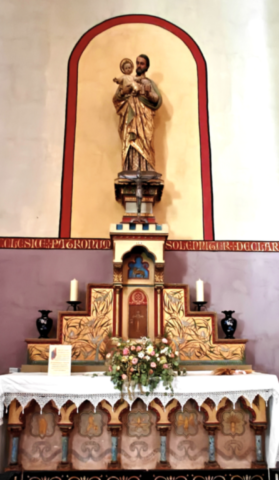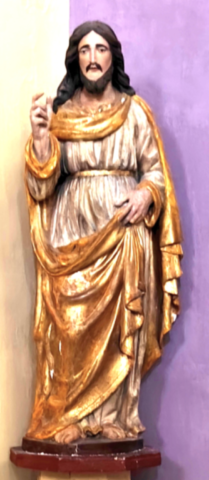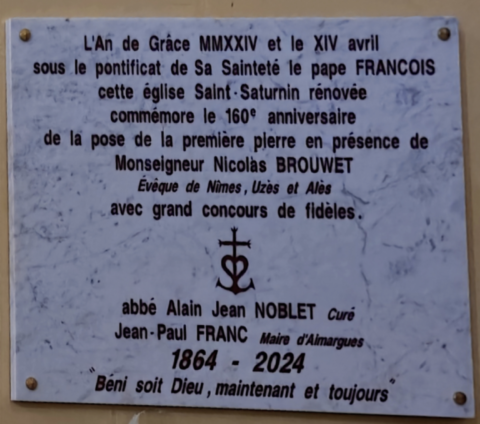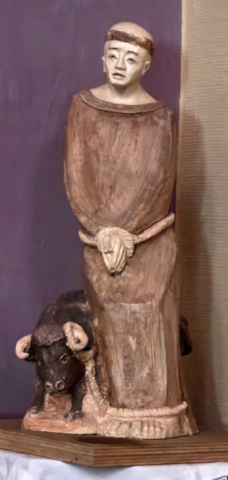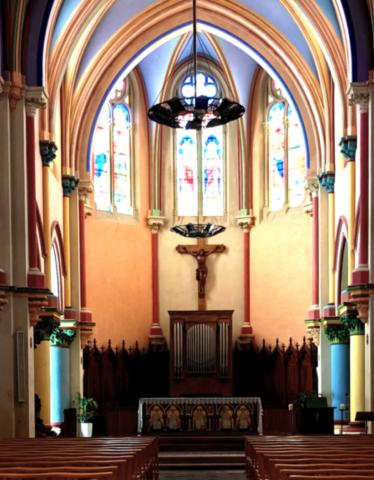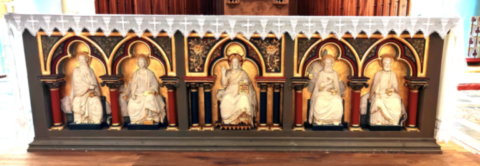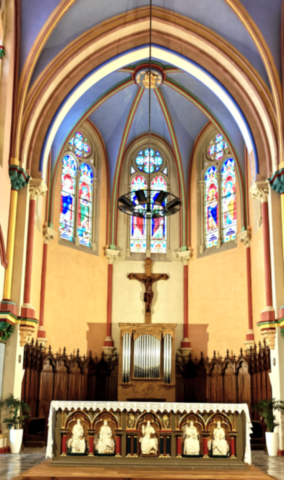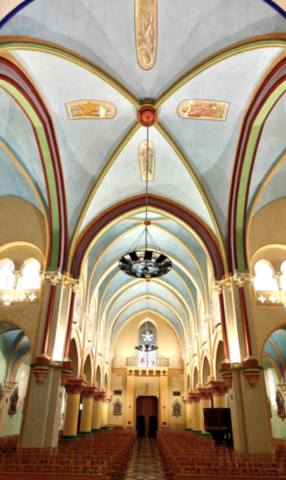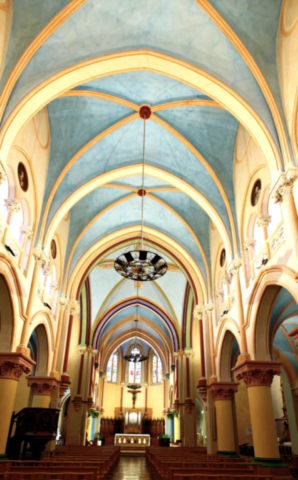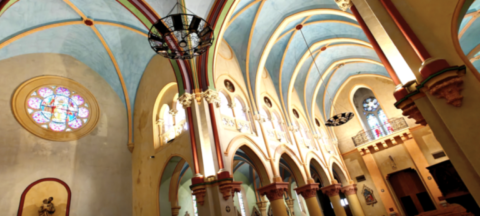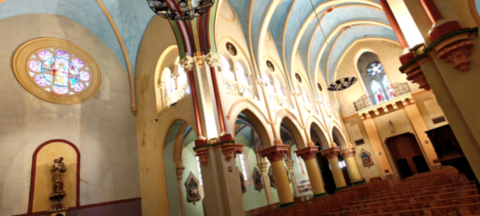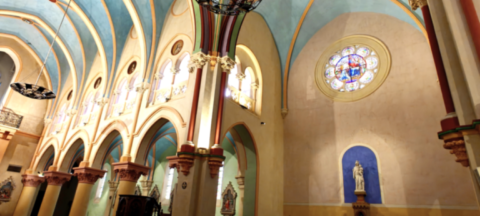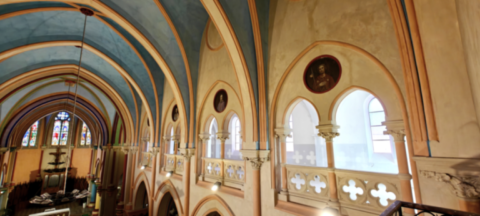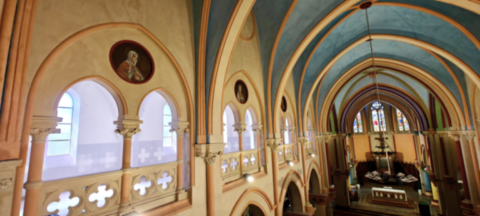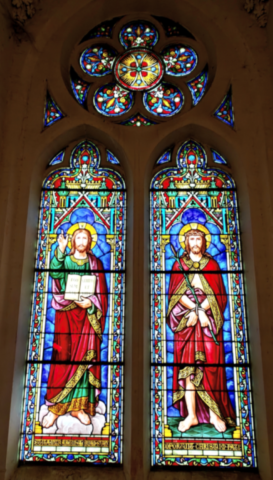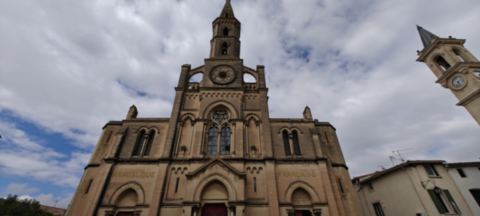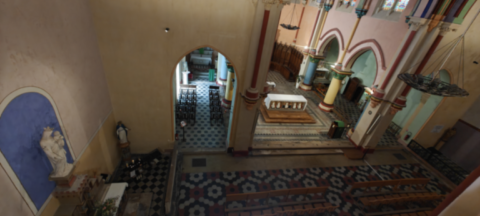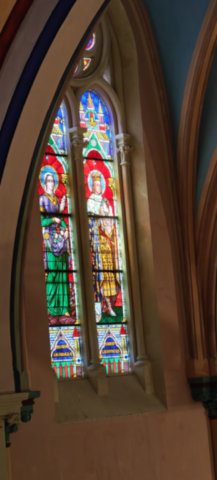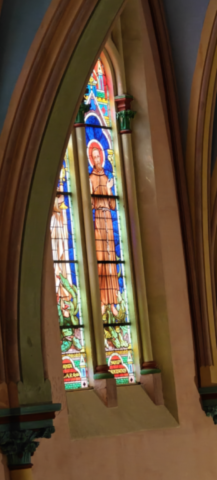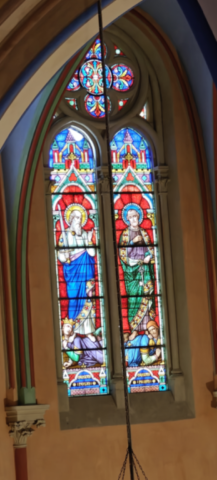Aimargues
The Church of Saint Saturnin and Saint Artimidora
On March 14, 1864, the first stone of the future church arrived in a flower-covered cart.
The discussions and searches for funds to acquire the land and build a new, well-furnished church were very long, but carried out successfully, thanks in particular to Abbot Lempereur.
Roland Lempereur was the priest who rebuilt the church in which he is buried. He was born in Beaucaire in 1817, was ordained a priest in 1840 by Bishop Cart, became vicar of Aimargues in 1841, secretary general of the bishopric in 1850, and priest of Aimargues in 1853; he died there on September 29, 1888. Upon his arrival as priest, he had the decision to rebuild the church unanimously adopted and launched a subscription.
The Arrival of Artimidora
The arrival of Artimidora, ardently desired by the priest, creates unforeseen costs: register of deliberations of the factory on May 21, 1861. Announcement from the priest.
Bishop [Mgr Plantier] having yielded to his requests and prayers, entrusted to the faithful affection [..] of Father Veissière, Bishop's pilgrim companion in Rome, obtained the body of a holy martyr named Artimidora as a gift to the parish church of Aimargues.
To this purely gratuitous favor, His Grace has deigned to add a new one. He proposes to make the solemn transfer to Aimargues. He expects 3000 francs of expenses for this important celebration and proposes to advance them to the factory. These remains were discovered on April 26, 1854 in the catacombs of Saint-Callixte. Near his head was the vase which contained his blood; it is identified by the inscription Artimidora, in pace.
The whole is in a reliquary purchased in 1868 (treasurer's journal, arch. diocese). The translation took place in June 1865, at the same time as the laying of the first stone.
Among the main benefactors of this church, we must mention Madame de Cray, née de Saint-Germain.
The consecration of the church
The consecration of the church was on October 12, 1879 (see Religious Week).
The motto of Aimargues, visible in many places, is azure with a silver river, shaded with azure, on which is a cross floating on the right hand of sable; the accompanying inscription is fluctuat nec mergitur.
